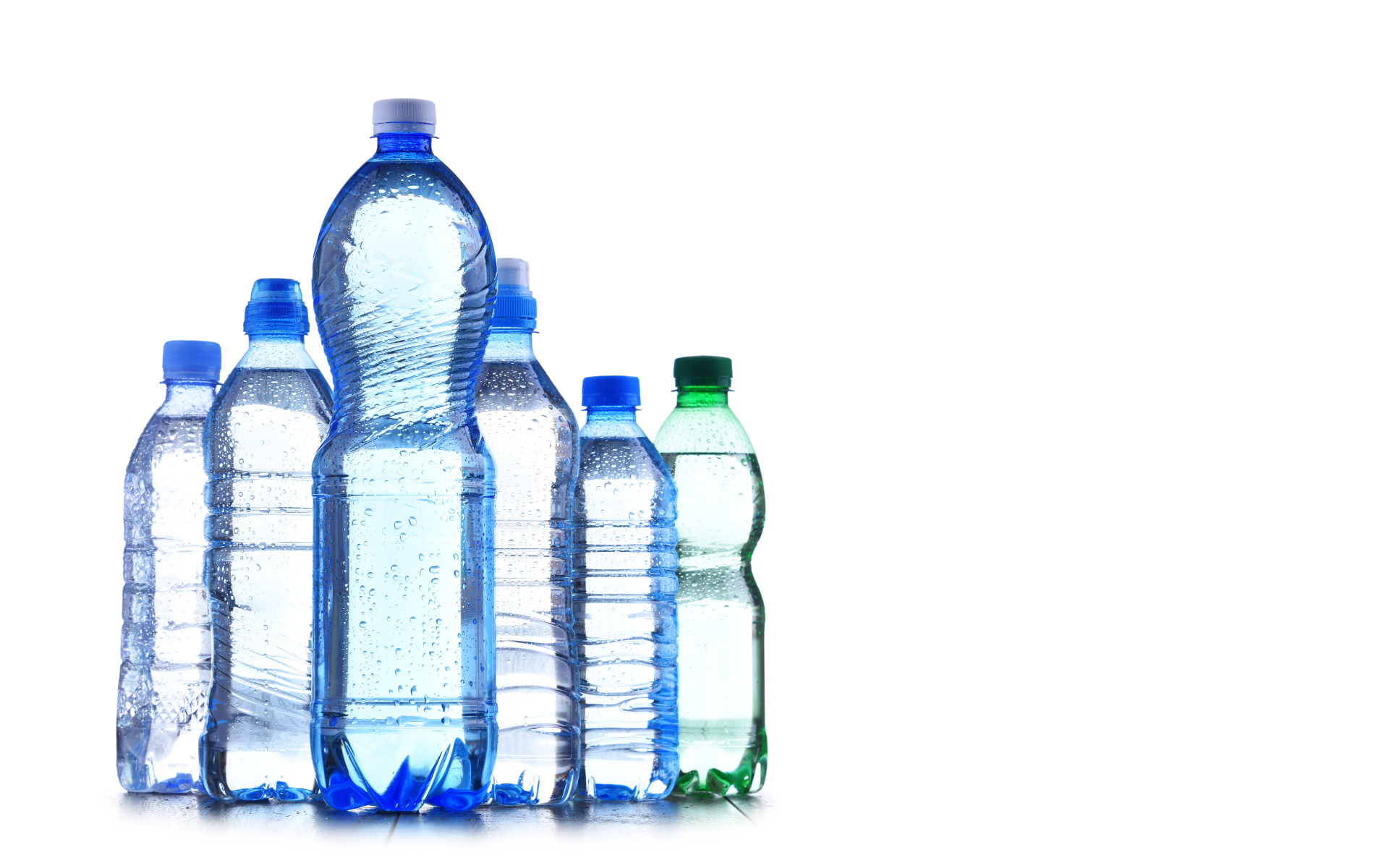Amongst the “toxins” are many that act as endocrine disruptors (EDCs), creating a hormonal havoc and threatening our health, adaptation, and survival.
Through their disruptive action on our hormone receptors, cellular activities and immunity, they have been linked to hormonal dysregulation in men and women, infertility, cancer, as well as autoimmunity, neurodegeneration, and obesity.
The World Health Organization (WHO) definition of EDCs:
‘Chemical substances present in the environment, whether natural or synthetic, which can mimic or interfere with the synthesis, secretion, transport, binding, action, or elimination of hormones, causing adverse effects on an organism, its offspring or (sub)populations. These substances can accumulate and persist in the environment causing long-term effects.’ (Gore, 2015)
Where are EDCs found and how do we protect ourselves from their negative impacts?
- EDCs are everywhere! A large number are absorbed into the human body through the respiratory tract, digestive tract, and skin, and they can cross the blood brain barrier (BBB) (Liu, 2021)
- Generally, most EDC are lipophilic (fat loving) and bioaccumulate in the adipose tissue, thus they have a very long half-life in the body (Anne, Raphael, 2021) and many new chemicals haven’t been properly tested for their impacts on health (de Paula, 2023)
- Now recognised as serious and urgent threat to public health, potentially emerging as one of the leading environmental risks globally
Some ways to reduce EDC exposure is to reduce exposure to plastics. Here are some tips to avoiding EDCs found in plastics:
- Avoid plastic water bottles and lunch box containers. Switch to stainless steel and glass containers. Ensure you avoid plastics with the number 3,6 and 7. If you have bought a food packaged in plastic remove it immediately and store in a glass jar. This will reduce further exposure to EDCs before consumption
- Remove any canned foods from your diet. Even cans listed as BPA free may not be EDC friendly.
- Try to avoid touching your supermarket and store receipts.
- Use filtered as opposed to bottled water wherever possible.
- Avoid heating plastic via microwaves or washing in your dishwasher.
- Avoid storing canned or plastic-packaged foods in hot areas, like the trunk of a car on a summer day.
- Opt for skincare packaged in glass rather than plastic. Ensure there are no undisclosed fragrances added to your skincare. Avoid any skincare that contains any phthalate acronyms
Removing EDCs from the body:
Whilst we can try hard to avoid EDCs the reality is that they are found everywhere from our food supply to our clothing and the air we breathe. To ensure you are optimising the detoxification of EDCs from your body, supporting the liver is key. Turmeric, Dandelion and Quercetin have all been shown to support the various phases of detoxification. The best nutrition to support the liver’s detoxification processes comes from the following food sources:
Cruciferous vegetables, Green tea, Turmeric, Garlic, Rosemary, Omega 3s, Chicory root, and Berries.
A process called “methylation” is an important part of the liver’s second phase of detoxification (where chemicals are made water soluble). Ensuring there are enough methyl donors in the diet is important and the best way to ensure the body has optimal supplies is to supplement with methylated B vitamins such as methylated Vitamin B12 and Methyl Folate is a simple way to support this process. One of the herbs that is particularly beneficial is St Mary’s Thistle (Silymarin)- St Mary’s thistle is used to protect and regenerate the liver.
Ensuring your diet has ample fibre (at least 30 grams daily) and optimising your gut health can also ensure your gut is adequately binding and removing unwanted hormones and toxins. Fibre rich foods include legumes, whole grains, kiwi fruits and flaxseed meal. Optimise gut health and make it easier to excrete EDCs that do sneak into the body!
